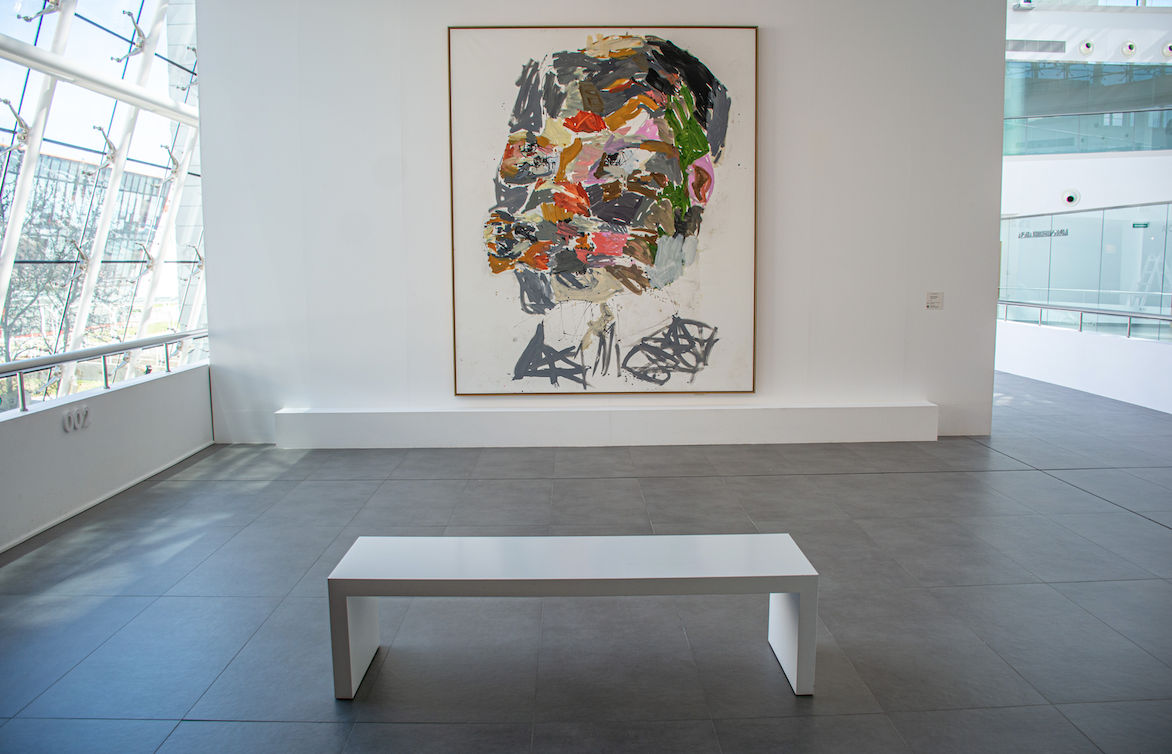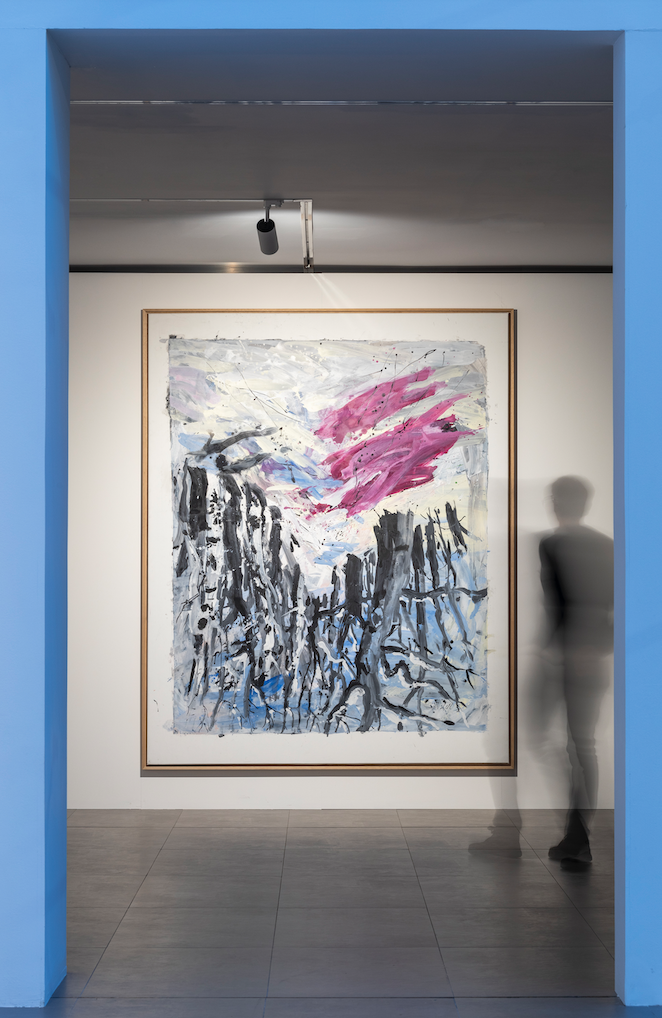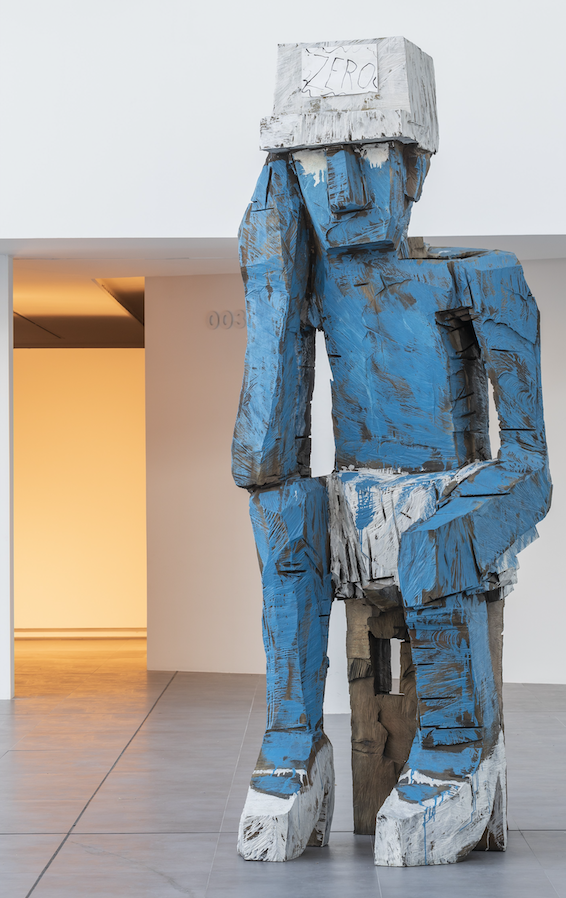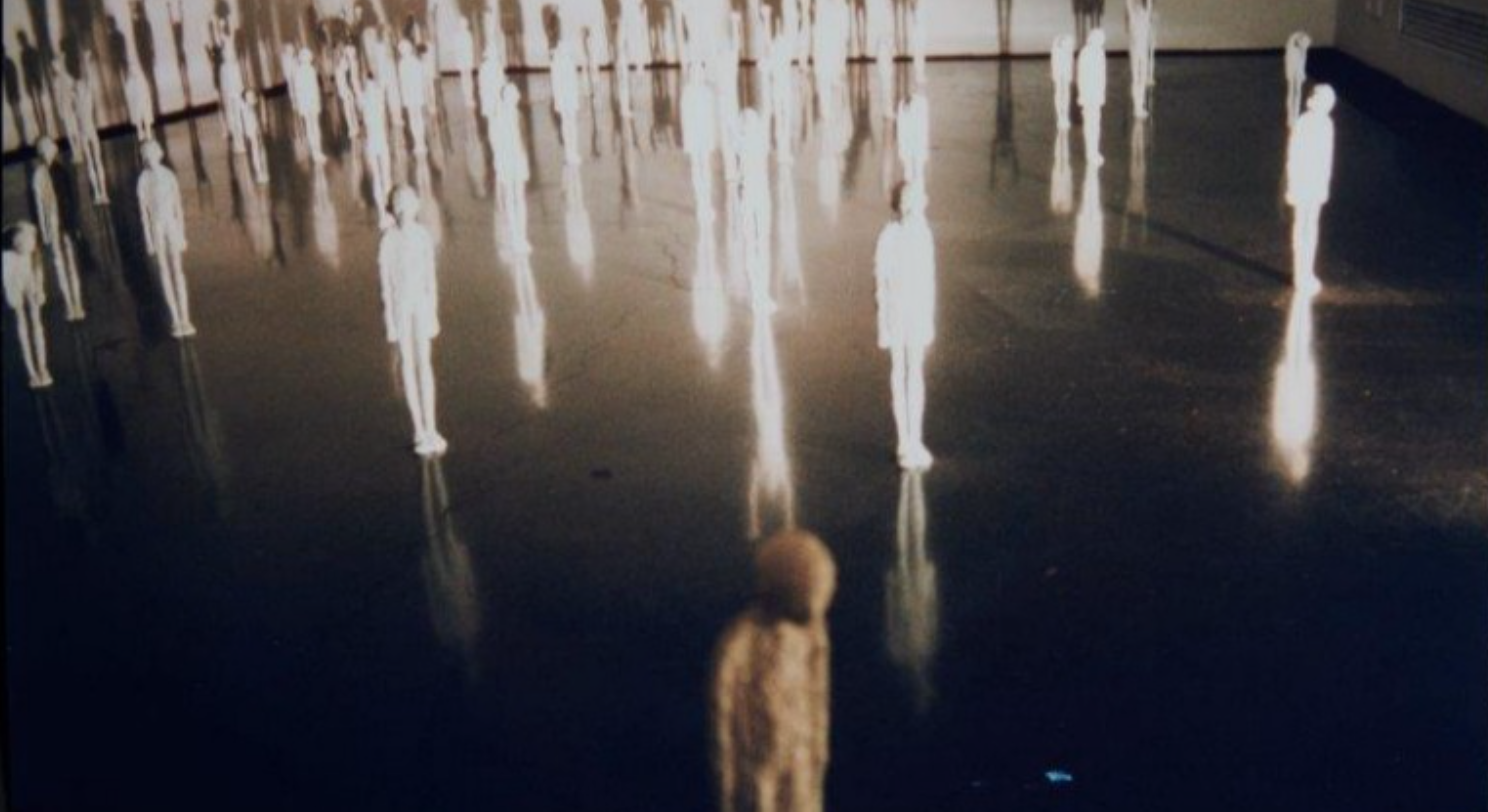Exhibitions
Georg Baselitz, Works in the Würth Collection
The exhibition brings together more than 40 works from the Würth Collection and can be visited until February 23, 2025

The Würth La Rioja Museum presents the Georg Baselitz exhibition, works in the Würth Collection. Georg Baselitz is one of the fundamental artists of international Contemporary Art; his work has had a decisive influence on the development of Contemporary Art and is part of the most important public and private collections around the world.
The Würth Collection is one of them, and the Baselitz section of works is particularly relevant in terms of the artist's output over the last twenty-five years. The exhibition brings together some of the artist's most significant works in the collection, both in painting and in monumental sculpture and graphic work, and proposes a journey from his recent work (2020) to his early ( 1966).
Georg Baselitz, works in the Würth Collection has 41 works that include monumental sculpture, large-format oils and engravings from different techniques and periods of his artistic career. The exhibition suggests a journey from his recent work to his old work through works selected from the Würth Collection and allows us to understand the figure of a tireless creator, who opted for a representation without concessions , raw and provocative, and determined the universal artistic creation of the 20th century.

Georg Baselitz is one of the fundamental figures of international art of our time. His career has been built on a deep knowledge of the history of painting and on a surprising ability to find new artistic means to confront the prevailing avant-garde movements. His work is provocative and energetic; irreverent in form, cultured in references, masterful in execution and refined in intellectual fact. But, above all, it is the embodiment of the passion for painting as a discipline and of the reflection, transversal to his work, on the meaning of the representation of reality in art.
Hans-Georg Kern was born in Deutschbaselitz, in Saxony in 1938. His artistic career is crossed by the German history of the 20th century. He was only 7 years old when World War 2 ended; its region was under Soviet rule; grew up within the limits of ideological control imposed by the GDR government. In 1957 he entered the Faculty of Fine Arts and Applied Arts in East Berlin, from which he was expelled two semesters later for what they called "sociopolitical immaturity"; he then enrolled at the Faculty of Fine Arts in West Berlin, where he discovered both the Contemporary Art of his time and the History of Universal Art. In 1961 he adopted Georg Baselitz, in reference to his place of birth, as an artistic name. That same year the Berlin Wall was built that separated the two Germanys until it was demolished in 1989. His first solo exhibition in 1963 was considered a scandal, and two of his works were confiscated until 1965 for immorality; the connotation of scandal and provocation was associated with Baselitz's name until well into the eighties, when he had already become an artist of great international recognition. Currently, he is one of the essential artists to understand the development of Contemporary Art History in the 20th century.

In the 1960s, the international artistic scene promoted movements linked to Abstraction, Informalism, Minimalism and Pop Art in the West, and to Social Realism in the countries of the Soviet orbit. In this context, Baselitz carried out his own reflection on the meaning of painting in which he sought to explore abstraction without renouncing figurative representation. His solution was to reverse the images, not in the final result, but during the pictorial process, so that the figurative was approached, painted, as something abstract. The monumental formats and the technique of the artist who paints (even today) on the ground, increases the gestural, subjective and abstract value of his works and, above all, claims the value of painting for its own sake. The inverted works are one of the distinctive and transversal features of his work, but only part of a career spanning more than sixty years. From the 1980s, Baselitz transferred his way of approaching painting to sculpture, at first on wood and, subsequently, casts in bronze later intervened with oil, many monumental. With all this, the artist has created an uncomfortable artistic body that confronts, from his own life, the History of Germany and pays tribute to all its references in the History of Universal Art.








